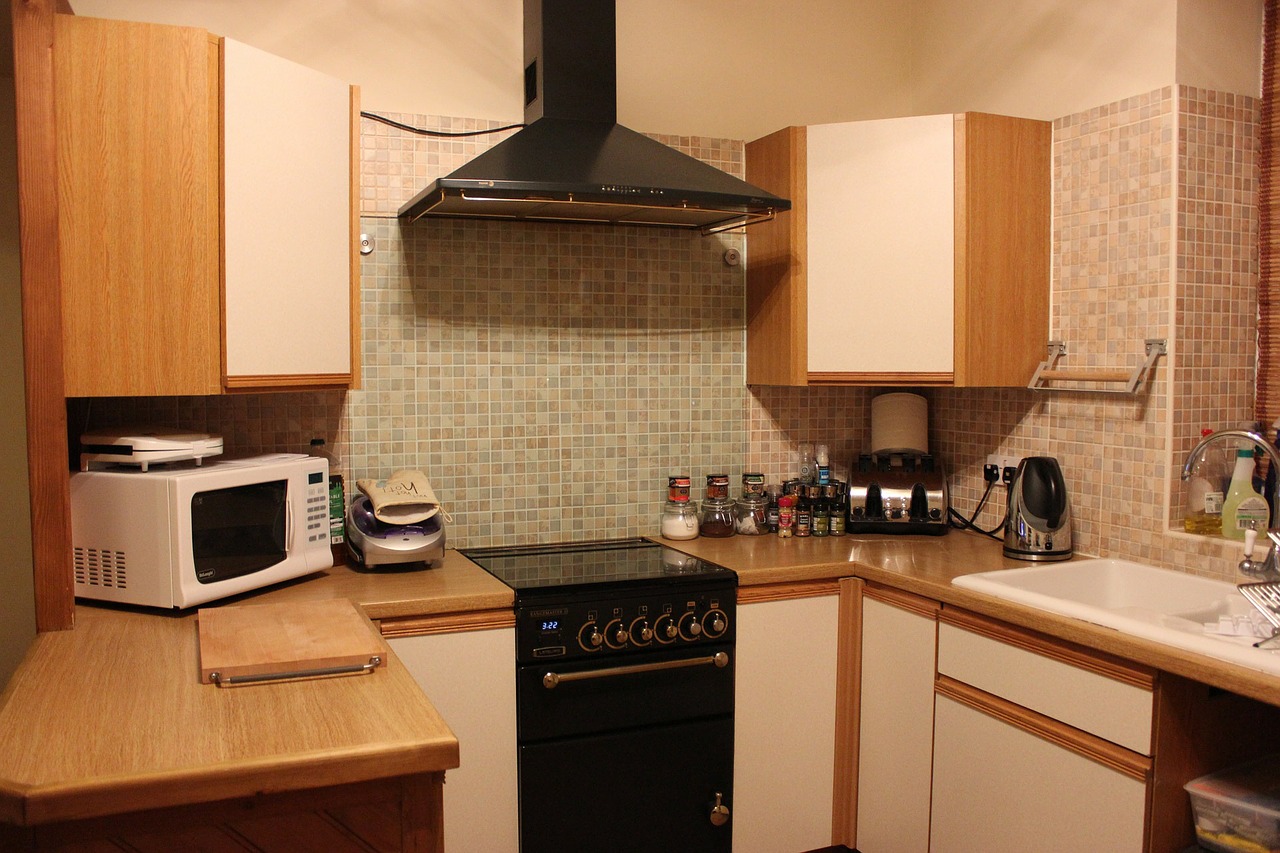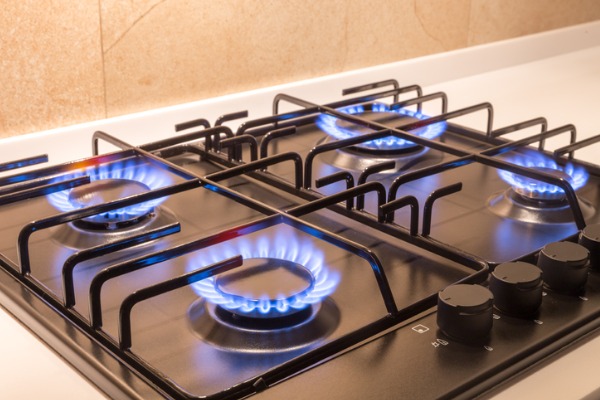So, you’re looking to get a new gas cooker, and you’re not quite sure about how much work that would entail exactly. Well, people, despite how often they use gas appliances, do not realize just how much risk misusing and mismanaging gas appliances could be. Merely having them fitted or installed will require a lot of planning and a lot of research on your part, especially since accurately performing any kind of gas work is literally a matter of life and death. Something seemingly as simple as a cooker, hob, or oven installation, should be handled with the utmost care, as getting this wrong could result in gas leaks, fires and explosions, or worse, carbon monoxide poisoning.
Don’t get it wrong, though. This isn’t some ploy to get you to change your mind about getting a new gas cooker or oven. You, however, need to know that you can’t just decide to get one and go about installing it and using it just like any electrical appliance. So, here are some ways to make sure that your quest to getting a new cooker, hob, or oven goes as safely and as smoothly as possible:
- Be prepared
In any type of home improvement project, checking for compatibility is always a priority. As technology is ever-changing and constantly developing, some appliances available in the market may be too advanced for some houses, especially older ones which have been built to only accommodate more traditional gas appliances. It is very important to make sure that your purchase is compatible with your gas line at home. Bypassing any kind of compatibility issue is a risk you would not want to take, as this would only make you more vulnerable to gas-related accidents and problems down the road. Also make sure to find out what kind of hoses, valves, or pipes you will need. The last thing you would want is to be underprepared for the actual installation.
It is also best to be completely sure your cooker, oven, or hob completely fits the area where you wish to install it. How you’ll be positioning the unit is also going to be crucial because of how you’re going to connect it to the gas line. Knowing the gas appliance’s proximity to the other fixtures in your kitchen is also a must. This helps you prevent any kind of accidents when you start using your new appliance.
Read up on gas cooker, oven, or hob installations. You will need all the information that you can get. It is best to know what to expect of the process before it actually begins.
- Take the chance to make safety checks
Since you’re already making some changes, it is advisable that you also take the chance to make sure your home is gas safe and is in tiptop shape. Before you get your new appliance installed, check for other faulty gas appliances as well as gas leaks and damages to the gas line in your home.
Waiting until there is a dire need to make such necessary repairs could mean doubling your expenses in the future. Since gas leaks are virtually undetectable, the best thing you could do is take the necessary methods to prevent it.
- Secure the necessary permits and clearances (if applicable)
As there are a lot of safety hazards involved in gas work, it is better to make sure that you do not miss a step. Whether it be permits, clearances, or even just a small revision to your home insurance policy, do it before doing any kind of gas work.
- Do not DIY
Doing this on your own can be very dangerous. In fact, doing any kind of gas work on your own is not at all advisable. Again, the installation of gas appliances needs to be done carefully and correctly.
Oven fitters exist for a reason. The Gas Safe Register, the official governing body sees to it that these services are only provided by adequately trained and highly qualified individuals or companies. By letting experts handle your oven installation, you won’t have to worry about making a mistake that could cost you your safety and the safety of those around you. This also decreases the probability of any gas emergency from occurring in your home. Additionally, hiring a Gas Safe engineer assures you that you will be provided with exceptional and satisfactory service.
And while doing the installation yourself can help you save a little money, do not forget to consider the fact that any mistake you might commit in the process could cost you a whole lot more in the future.
If it hasn’t been reiterated enough, your safety is of utmost importance. There may be no way of ever making sure that a gas leak, fire, or explosion will not occur, but as the old saying goes, prevention is always better than finding a cure or a solution. So, find a gas safe engineer and trust that you and your home will be in good hands!




